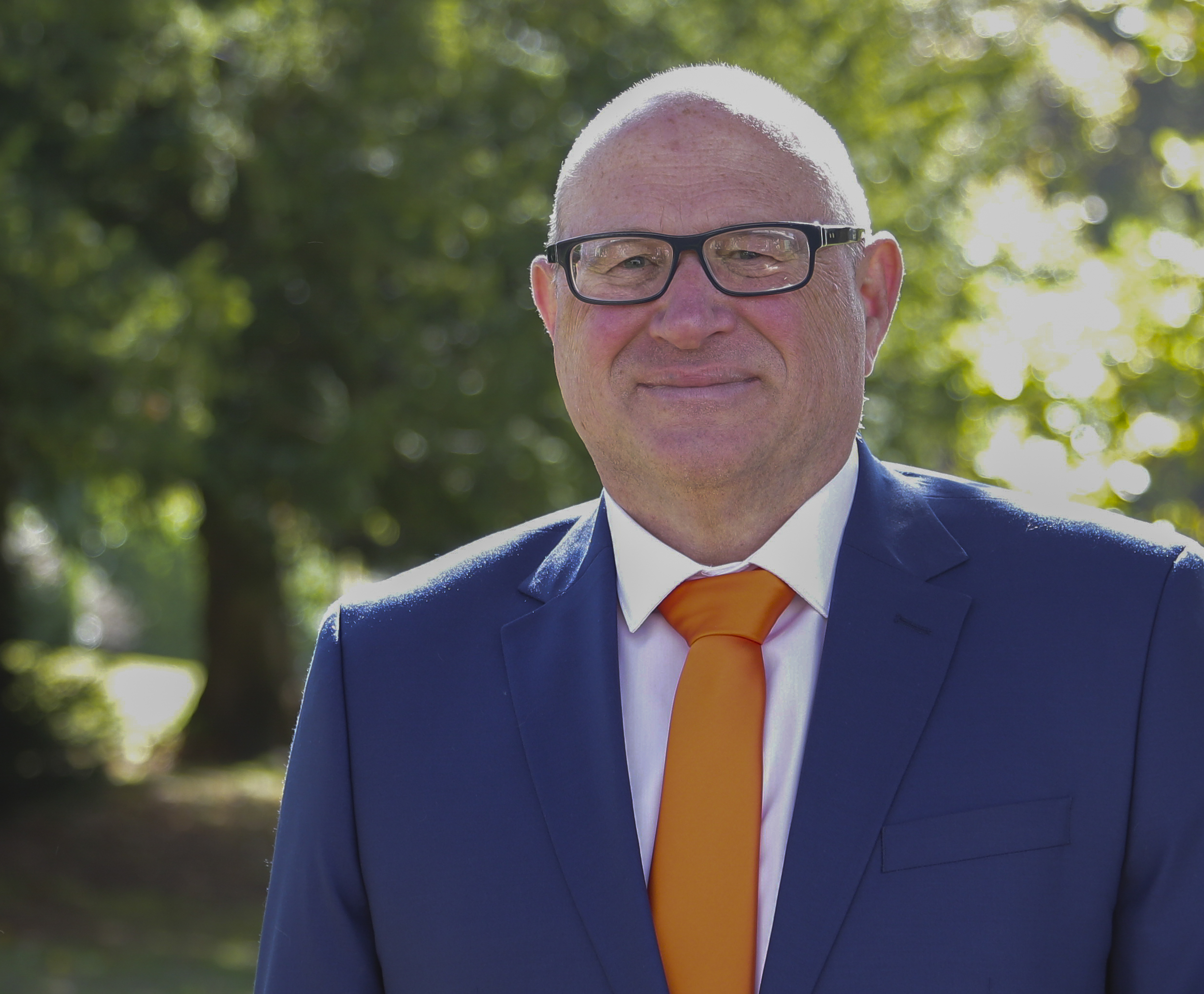Commitment | Part 4
Dr Anthony Kenneson-Adams. MA. Bsc(Hons). FInstLM. Royal Air Force (Ret’d)
Posted 07/06/2023
This is a 4-part series: Part 1 | Part 2 | Part 3
Today I present the last two steps in the 8-step process to enable you on your journey to Operational Excellence. Commitment to your people and your tools is essential for success. I trust you will put these steps into action and power-up your journey to Operational Excellence.
7. Commit to the Tools: Commitment to using the tools of continuous improvement is essential by leaders and teams and is a major determinant of success. To help leadership and high-performance teams commit to using continuous improvement tools in complex improvement projects, consider the following practical steps:
- Clearly Define the Purpose: Articulate the purpose and benefits of using continuous improvement tools in complex improvement projects. Help leaders and teams understand how these tools can drive efficiency, effectiveness, and innovation within the organization. Emphasize the value of continuous improvement in achieving organizational goals and staying competitive.
- Provide Training and Education: Offer comprehensive training programs on continuous improvement tools and methodologies. Ensure that leaders and teams understand the concepts, principles, and practical applications of these tools. Tailor the training to address the complexity of the improvement projects and provide real-life examples relevant to the organization.
- Create a Supportive Environment: Foster a culture that supports and encourages the use of continuous improvement tools. Ensure that leaders are actively involved in promoting and participating in improvement initiatives. Provide resources, such as time, budget, and access to data, to facilitate the implementation of these tools. Celebrate and recognize successes achieved through continuous improvement efforts.
- Align Improvement Tools with Strategic Objectives: Demonstrate how the use of continuous improvement tools can directly contribute to achieving strategic objectives. Show how these tools can drive process efficiency, cost reduction, quality improvement, customer satisfaction, or other key performance indicators relevant to the organization. Align the selection of improvement tools with the specific needs and goals of the complex improvement projects.
- Start with Pilot Projects: Begin by implementing continuous improvement tools in smaller-scale pilot projects. This approach allows leaders and teams to familiarize themselves with the tools, gain confidence in their effectiveness, and witness tangible results. Success in pilot projects can build momentum and generate enthusiasm for broader implementation across the organization.
- Establish Clear Metrics and Tracking Mechanisms: Define measurable metrics and establish systems for tracking progress and results. Create dashboards or scorecards that provide visibility into the impact of continuous improvement efforts. Regularly communicate the progress made using these tools to leaders and teams to reinforce their commitment and motivation.
- Encourage Collaboration and Learning: Foster a collaborative environment where leaders and teams can openly share their experiences, challenges, and best practices related to using continuous improvement tools. Encourage cross-functional collaboration and knowledge sharing to maximize the effectiveness of these tools. Promote a learning culture that encourages experimentation, innovation, and continuous learning.
- Continuously Evaluate and Adapt: Regularly review and evaluate the effectiveness of the continuous improvement tools being used. Gather feedback from leaders, teams, and stakeholders to identify areas for improvement or adjustment. Be flexible and adapt the tools and methodologies as needed to address the unique complexities of the improvement projects.
By following these practical steps, you can help leadership and high-performance teams commit to using continuous improvement tools in complex improvement projects. Ultimately, the successful implementation of these tools can lead to sustained improvement and organizational excellence.
8. Commit to your people: Committing to people during complex continuous change is essential for effective leadership. Here are some practical steps to help leaders demonstrate their commitment to their people in difficult complex continuous improvement projects:
- Communicate Transparently: Be upfront and honest with your people. Maintain open and transparent communication with your people. Clearly articulate the reasons behind the change, the expected outcomes, and the potential impact on individuals and teams. Address concerns and questions honestly and encourage a two-way dialogue to ensure that employees feel heard and understood.
- Provide Clarity and Direction: Clearly define the vision, goals, and objectives of the change initiative. Help employees understand how their roles and responsibilities fit into the bigger picture. Provide a clear roadmap and milestones to guide them through the process. When people have a clear sense of purpose and direction, they are more likely to commit and actively engage in the change.
- Involve and Empower Employees: Actively engage employees in the change process by seeking out their input, ideas, and suggestions. Create opportunities for them to participate in decision-making and problem-solving. Empower and enable them to take ownership of their work and contribute to the success of the change initiative. This true empowerment and engagement will foster a sense of ownership and commitment among employees.
- Support and Resources: Remove the barriers and provide the support and resources employees need to navigate through the complexities of change. Offer training, person-centered coaching, and active mentoring to enhance their skills and competencies. Address any skill gaps that may arise due to the change and provide the tools and resources needed to succeed in the new environment.
- Recognize and Reward Efforts: Acknowledge and appreciate the efforts and contributions of employees during the change process. Recognize milestones, achievements, and positive behaviors aligned with the change initiative. Celebrate successes and publicly recognize individuals and teams for their commitment and resilience. Never underestimate the value of a simple thank you for a job well done. This recognition reinforces their sense of value and encourages continued commitment.
- Foster a Learning Culture: Encourage a learning mindset and foster a learning culture of continuous improvement. Provide opportunities for skill development, knowledge sharing, and cross-functional collaboration. Encourage employees to learn from mistakes, adapt to new situations, and embrace change as an opportunity for growth. Show a commitment to their professional development and career advancement. Ensure that everyone knows that failure can be an opportunity to stretch capability and innovation. Fail safe, fail forward and fail often.
- Lead by Example: Leaders must demonstrate their commitment to continuous change by leading by example. Model the desired behaviors, attitudes, and actions associated with the change. Be visible, accessible, and approachable to employees. Display resilience, adaptability, and a positive attitude, even in challenging times. Your commitment and behavior will inspire and motivate your people to stay committed.
- Monitor and Address Concerns: Keep a close eye on the pulse of your people throughout the change process. Monitor their engagement, morale, and well-being. Actively listen to their concerns and promptly address any issues that arise. Provide support mechanisms, such as employee assistance programs or counseling services, to help employees cope with the stresses of change. All change can be difficult if those in the process feel they have little or no control. Engage and empower to reduce anxiety and power forward on your journey to Operational Excellence.
By following these practical steps, leaders can demonstrate their commitment to their people during complex continuous change. This commitment builds trust, fosters employee engagement, and ultimately enables successful navigation through the change process.
We hope you have enjoyed this series and take the opportunity to ask us any questions or visit our guest contributor at www.Project7consultancy.com, on LinkedIn, or join the MW discussion group and chat there!
This is a 4-part series: Part 1 | Part 2 | Part 3

Dr Anthony Kenneson-Adams
Dr. Anthony Kenneson-Adams had a 30-year career in the Royal Air Force, becoming a Senior Engineering Officer, Project Manager and Engineering Authority responsible for multiple fast jets and large-body aircraft in peace and war operations. On retiring from the Royal Air Force, he became a Corporate Operational Excellence Consultant in the Paper Manufacturing and Packaging Industries and is now the Head of Learning and Knowledge Transfer for the international Project 7 Consultancy. You can contact Anthony at www.project7consultancy.com or [email protected]
Related Articles

Achieving TPM Excellence the Fast Jet Way

Industrial Coaching
The 8 Pillars of TPM

The Journey to Operational Excellence

The Journey to Operational Excellence | Improvement Plan




